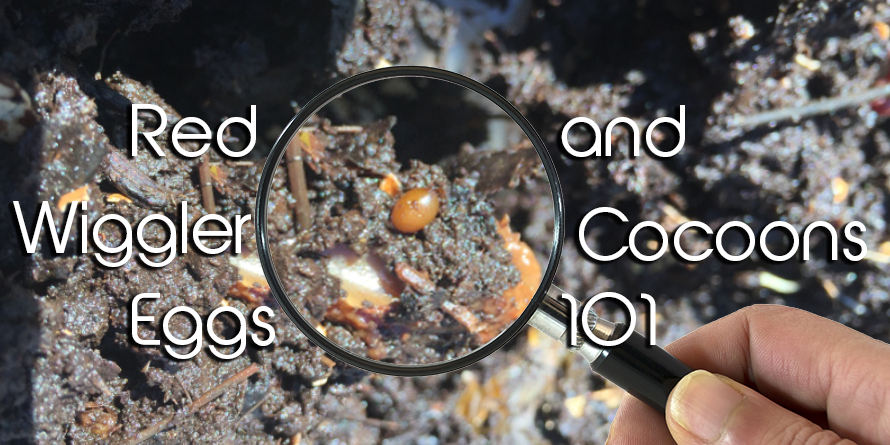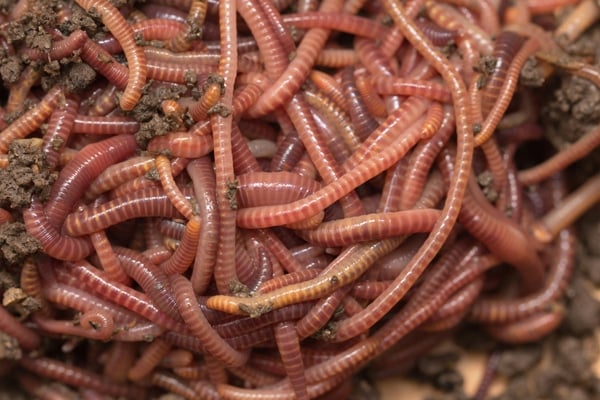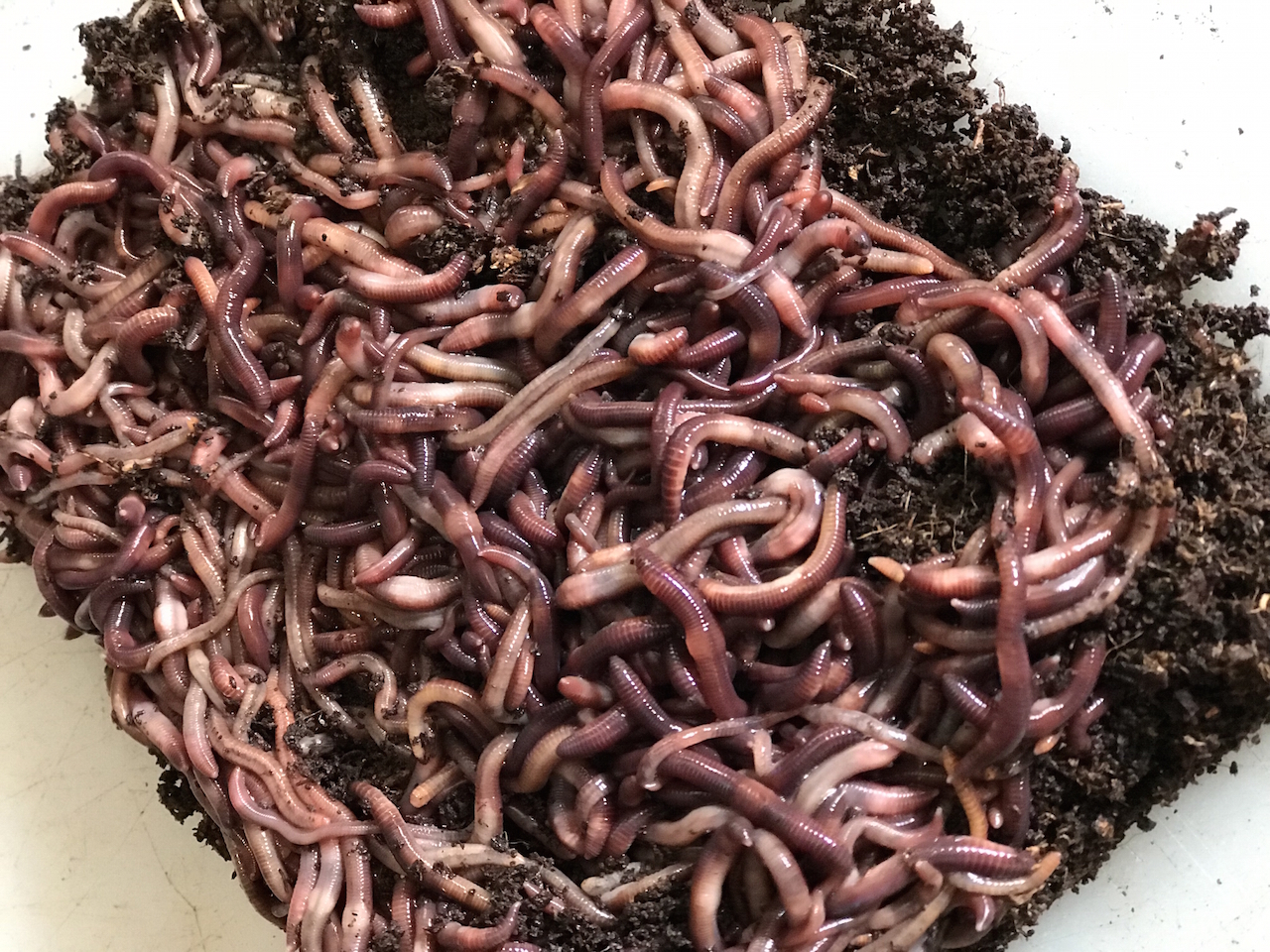Take Care of Your Lawn with the Best Products from Lake Hickory Bait
Open the Keys of Red Wigglers: Your Overview to Composting Success
The assimilation of red wigglers right into composting practices offers a substantial possibility for boosting dirt health and wellness and advertising sustainability. These microorganisms are not just effective recyclers of organic waste; they supply a myriad of advantages that can change yard management. Understanding their needs and behaviors is essential for optimizing their potential, from establishing up an ideal worm container to feeding them the ideal materials. As we explore the important components of effective vermicomposting, one may question just how these small creatures can bring about an extra lively and efficient yard community.

What Are Red Wigglers?
(Lake Hickory Bait)Red wigglers, medically called Eisenia fetida, are a species of earthworm mainly utilized in composting as a result of their exceptional ability to decompose raw material efficiently. These worms are defined by their reddish-brown pigmentation and a fractional body, normally determining in between 3 to 4 inches in length. Unlike various other earthworm species, red wigglers flourish in rich, organic settings, making them optimal for vermicomposting systems.
Native to The United States And copyright, they are often discovered in decomposing fallen leaves and compost heap, where they play an essential role in nutrient recycling. Their adaptation to staying in a damp, aerobic setting enables them to take in huge amounts of organic waste, breaking it down right into nutrient-rich spreadings that improve dirt wellness.
Red wigglers recreate quickly, with a solitary worm capable of creating a number of cocoons weekly, each including several hatchlings. This quick reproduction rate adds to their efficiency in composting procedures. They favor temperatures in between 60 ° F and 80 ° F, and their activity degree enhances significantly within this array, further helping in the decay procedure. Understanding the biology and behavior of red wigglers is vital for optimizing their possibility in composting applications.
Benefits of Utilizing Red Wigglers
Taking advantage of the power of red wigglers in composting supplies countless advantages that improve soil health and wellness and promote sustainable waste administration. These exceptional microorganisms effectively break down organic matter, transforming kitchen scraps and yard waste into nutrient-rich vermicompost. This completed product is exceptionally advantageous for plant growth, as it boosts dirt structure, enhances wetness retention, and improves nutrient availability.

(Red Wiggler Express)Furthermore, the presence of red wigglers in your composting system can increase the composting process, producing high-grade compost in a portion of the moment compared to standard approaches. The spreadings produced by these worms are additionally including beneficial microbes that further improve the soil ecological community.
Setting Up Your Worm Container
Producing an effective worm container is a straightforward procedure that can significantly improve your composting initiatives. The very first action is selecting an ideal container. Worm bins can be made from plastic storage space containers, wooden boxes, or readily readily available worm bins. Make certain the bin has sufficient water drainage and air flow openings to maintain ideal dampness levels and air flow.
Following, prepare the bedding material, which acts as the worms' environment. A mix of shredded paper, cardboard, and coconut coir works well, offering a comfortable atmosphere for the worms. Purpose for a bedding depth of about 4-6 inches. Dampen the bed linens gently, guaranteeing it appears like a damp sponge without excess water pooling at the bottom.

Feeding Your Red Wigglers
To ensure the wellness and efficiency of your red wigglers, it is vital to provide them with a well balanced diet plan that fulfills their dietary demands. Red wigglers flourish on a varied range of natural materials, which not just supply necessary nutrients however also advertise efficient composting.
Begin by incorporating cooking area scraps such as vegetable peels, fruit cores, and coffee premises. Avoid citrus fruits, onions, and garlic, as these can be damaging to worm health. Furthermore, introduce shredded paper, cardboard, and dry leaves to produce a well-aerated setting.
Feeding frequency need to be kept track of; usually, worms can consume half their body weight in food weekly. It is vital to avoid overfeeding, as excess food can cause undesirable odors and bring in pests. A great technique is to add food in little quantities, permitting worms to process it before presenting more.
Preserving dampness degrees is also crucial; the bed linens should be moist however not soaked. Lastly, be sure to consistently check the temperature and pH degrees of the container to make certain an optimal environment for your red wigglers, eventually improving their composting performance.
Harvesting and Utilizing Compost
A successful composting process with red wigglers finishes in the abundant, dark compost referred to as vermicompost, which can considerably enhance dirt health and wellness and plant growth. Harvesting this nutrient-dense product usually takes place every three to 6 months, relying on the size of your system and the amount of raw material being refined.
To gather, gently different the garden compost from the worms and any undecomposed products. One efficient method entails moving the components of the bin away and adding fresh bedding and food to the vacant space, urging the worms to migrate. After a couple of days, the compost can be collected from the contrary side.
It is crucial to utilize vermicompost properly to optimize its benefits. By integrating vermicompost right into your horticulture regimen, you not just reuse natural waste but likewise develop a thriving community that sustains lasting Website gardening practices.
Final Thought
In recap, red wigglers act as remarkable allies in composting efforts, changing natural waste right into nutrient-rich vermicompost (Red Wiggler Express). Their unique biological attributes and reliable waste handling capabilities contribute dramatically to lasting gardening practices. By understanding the ideal conditions for their environment, feeding demands, and garden compost harvesting strategies, garden enthusiasts can boost dirt health and promote plant vitality. Embracing vermicomposting not only decreases garbage dump waste however likewise promotes a much more ecologically accountable strategy to horticulture and resource administration.